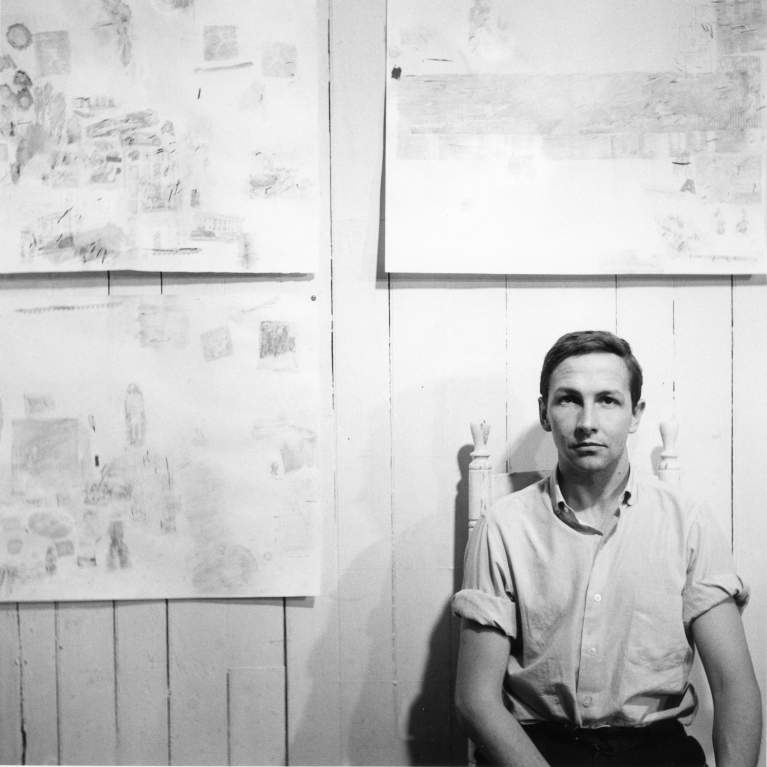COO Sharon Ullman Named Acting Executive Director
Sharon Ullman has been named Acting Executive Director of the Robert Rauschenberg Foundation following the announcement last week that Christy MacLear, who has led the Foundation staff since 2010, will be taking a position at Sotheby's.
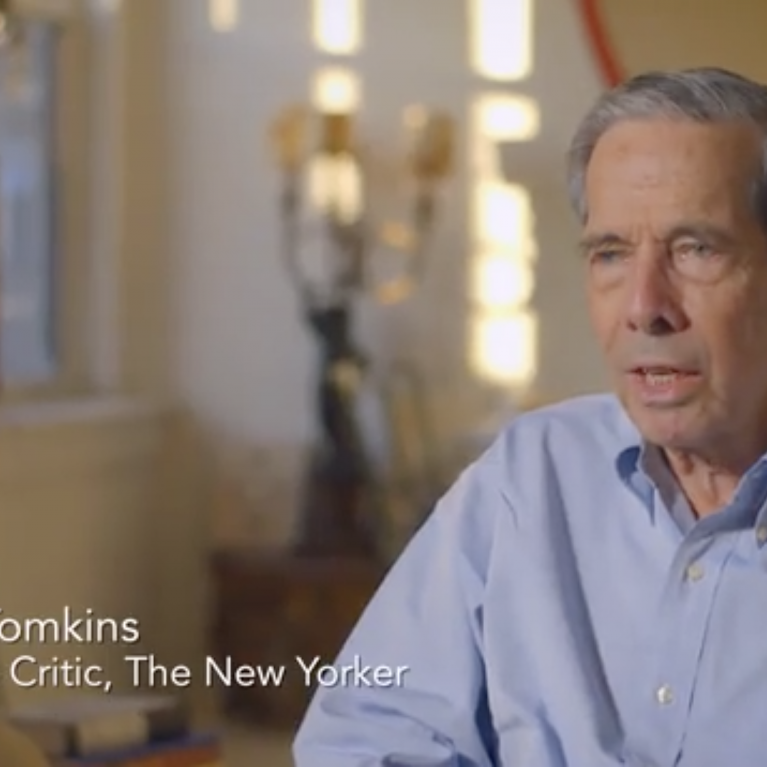
Courtesy BBC Arts
New Feature on Rauschenberg Airs on BBC
Robert Rauschenberg – Pop Art Pioneer aired on BBC2 on December 10 in a celebration of the work and life of the artist shortly after the Rauschenberg retrospective opened to the public at Tate Modern.
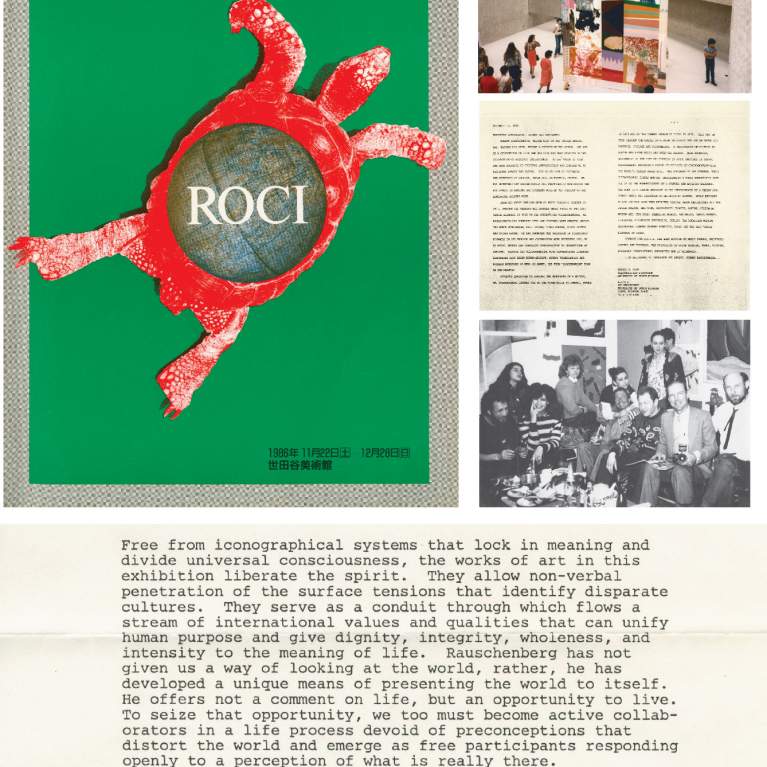
ROCI records newly open to the public for research
Today we are pleased to announce that the Donald Saff records on Rauschenberg Overseas Culture Interchange (ROCI) have been opened for public research at the Foundation's offices in New York.
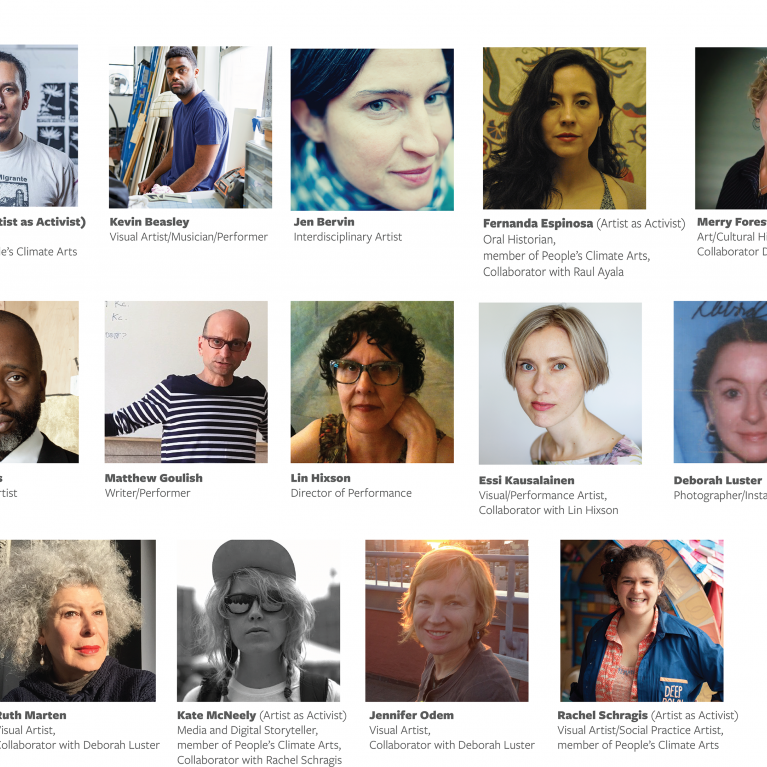
Meet The Artists: Rauschenberg Residency 23
Visit the Artists-in-Residence page to learn more about this group of artists.
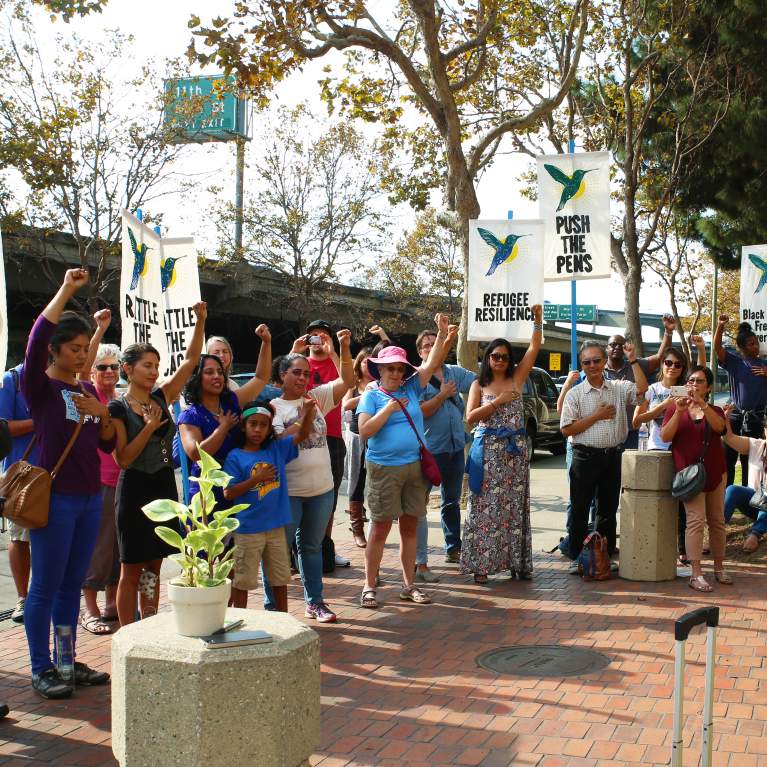
2016 Artist as Activist Fellow Favianna Rodriguez
Foundation Announces Open Call to Address Mass Incarceration For Second Consecutive Year
Today we announce the open call for the Artist as Activist Fellowship.
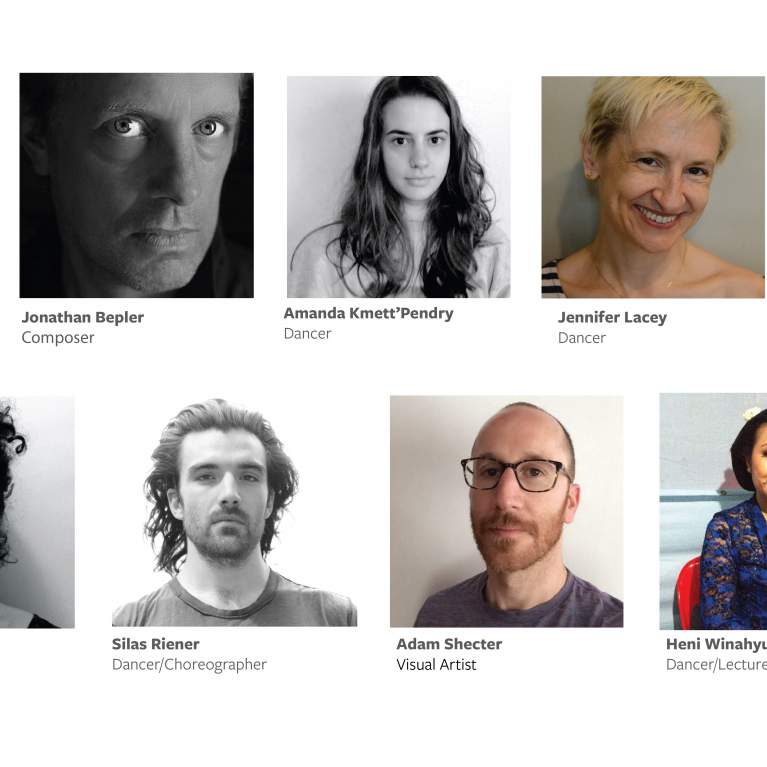
Meet The Artists: Rauschenberg Residency 22
Visit the Artists in Residence page to learn more about this group of artists.
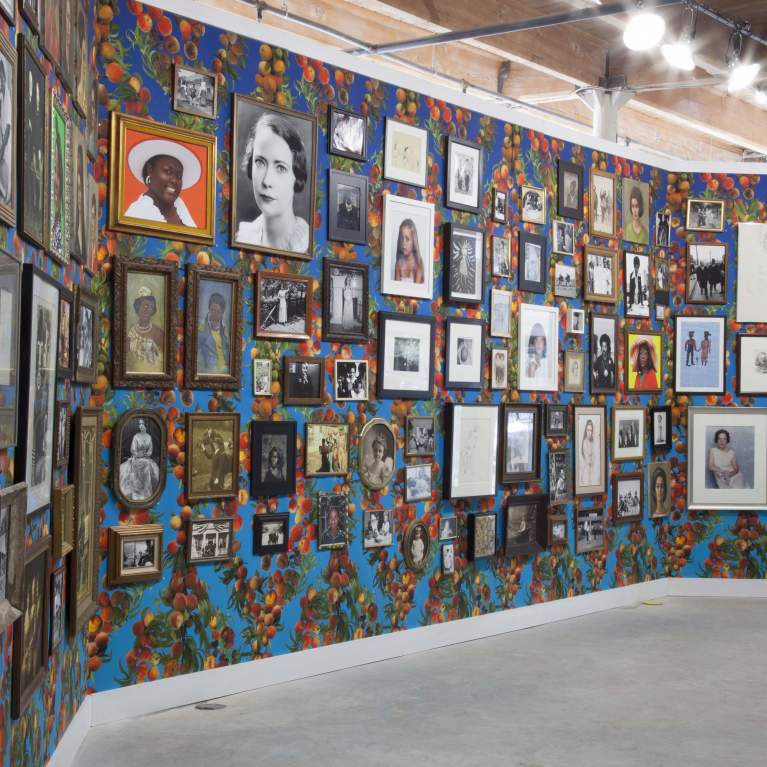
Installation view of a work by Fallen Fruit as part of Pelican Bomb's 'Foodways' exhibition in October 2014. Photo: Pelican Bomb
Foundation Recognizes Arts Innovators Across U.S. with new SEED Grantees
Today, we are excited to announce the recipients of its 2016 SEED grants. Today’s announcement marks the program’s expansion to three new cities/regions: Appalachia (Eastern Kentucky, Tennessee), Houston, an

